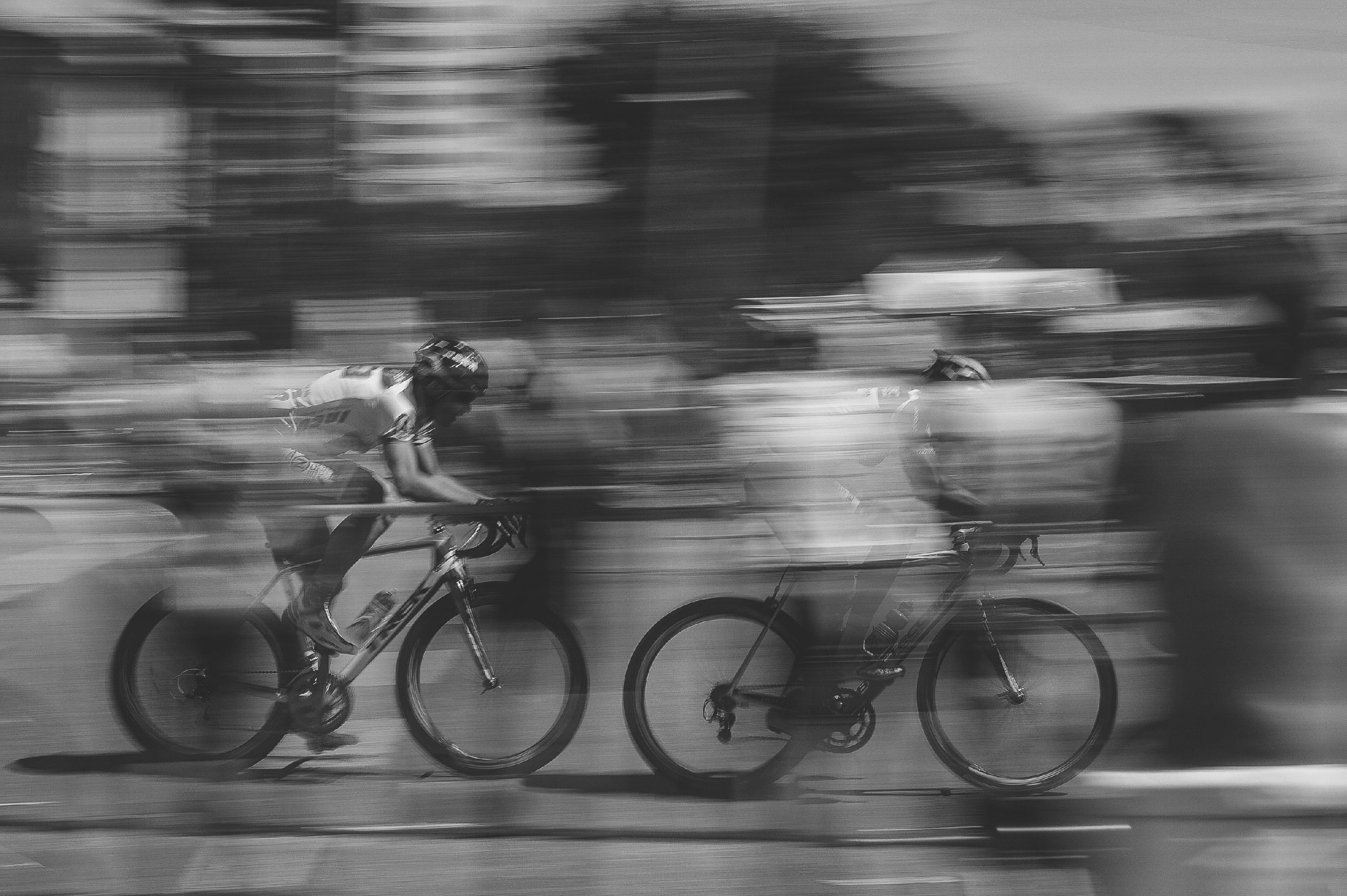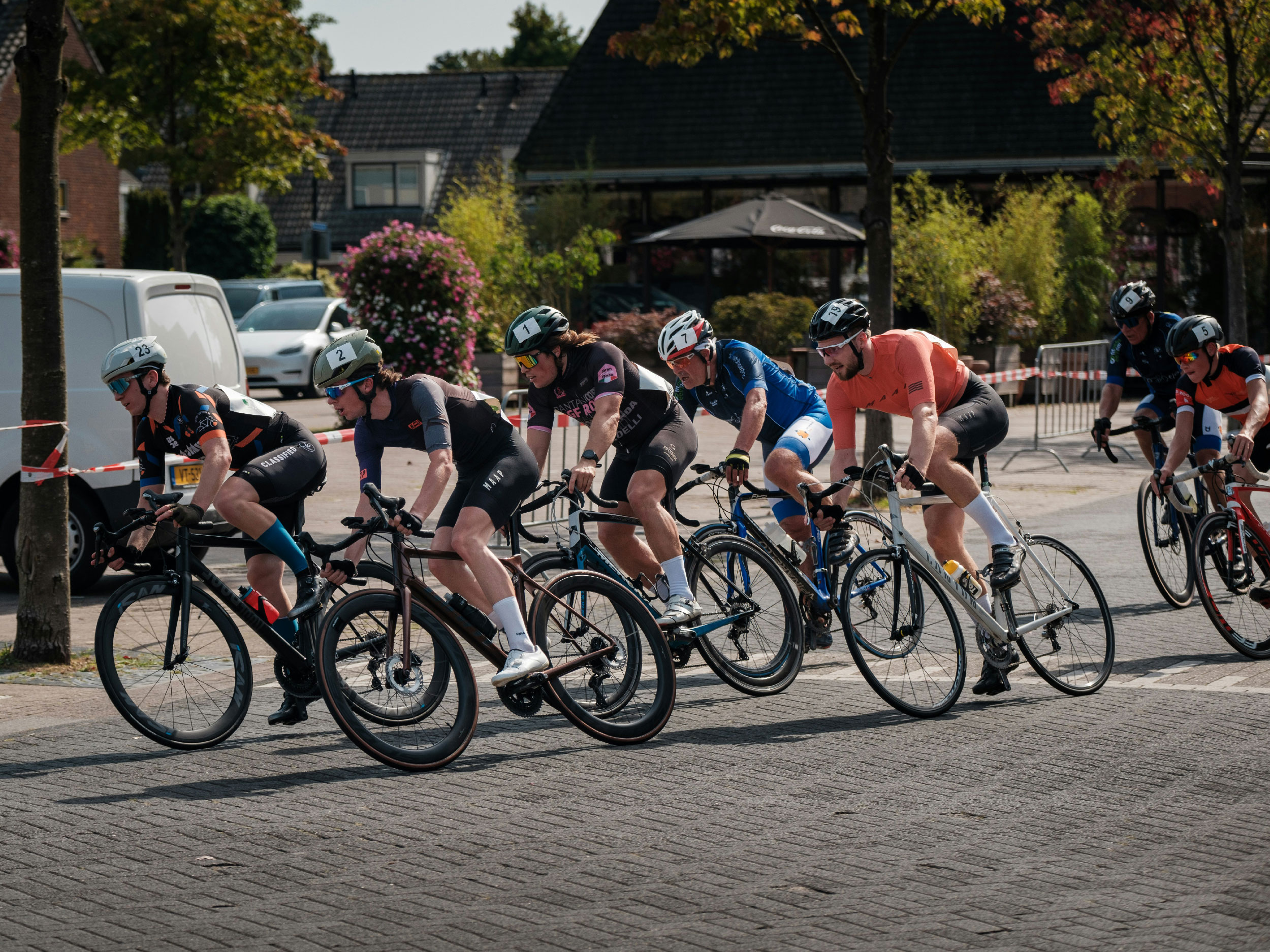
Character of the effort
Continuing with previous posts where we talk about the work of strength and its different manifestations or programming of this manifestation during the cycling season, In the entry we present below we will write about different methods for prescribing strength training, focusing on the base for the character of the effort.
For strength training programming we can find different methods of which we tell you below:
- Resistance to win with absolute value (kg): a load is programmed without taking into account the performance of the subject or its profile. For example: Subject 1 and subject 2 to 3 x 10 rep. 80kg seadilla with 2 ′ rest.Limitation: The training load cannot be individualized.
- % of 1 Maximum repetition:The value of 1 Maximum repetition for each sports gesture, which provides the absolute value where we can program the following sessions with a % of this value. For example: Subject 1 and subject 2 3 x 10 rep. al 70% of the 1 RM of squatting (each has its own value).Limitation: Requires maximum stress, demand and risk of injury. There is also a temporary mismatch where the 1 RM measured today will surely not be the same as in a week with the adaptations created by strength training.
- Maximum repetition number:Program a maximum number of repetitions to be performed (always reaching muscle failure). For example: subject 1 and subject 2 3 x 8nRM.Limitations: It is not possible to perform two series with the same load (kg) and the same number of repetitions for fatigue produced.
- Execution speed:Speed is a determining element of intensity, taking into account that neuromuscular demands together with the adaptations created by training, They depend on the speed that loads move. Where you have to keep in mind that before the same burden, at greater speed less relative intensity and vice versa, lower speed, greater relative intensity of effort. You can work with an objective speed, prioritizing this speed and loss of this within each series, showing fatigue through this loss.Limitations: The need to have an instrument for measurement of the speed that has a medium - high cost.
- Caracter of the effort (CE): It will be a good alternative for speed control. CE will be defined as the number of repetitions made in the series (which delimits the fatigue incurred), In relation to the maximum number of repetitions that can be completed (which is closely related to the intensity of winning, that is to say, the %1rm). For example, program a character of the effort of 8(16) would mean performing 8 repetitions with an absolute load (kg) that allows the athlete to complete a total of 16 repetitions, that is to say, The athlete would be doing half of the possible repetitions with an approximate load of the 70% 1RM in this case and an associated speed depending on the exercise of 0,68 to 0,8 m/s. This will allow us to match the intensity and real fatigue with the programmed load for each force training series, Without having the need to use the speed measurement instrument and without the inconveniences of the tests of 1 RM and the associated risks.Limitations: You have to have a good experience and knowledge of training with this work methodology, especially by the coach but at the same time, of the athlete.
For us the best methodology to be able to work for strength in the gym would be the last one for the facilities that exist and the simplicity in the prescription of training for our athletes, Although the first sessions can be more difficult for them since you have to find the values of this EC in the long run is simple to be able to work in the gym.
Zones / Training rhythms
In this blog entry we are going to comment on the distribution that we can give to our intensity intensities.
Transition between seasons
If we divide the sports season, We can find different parts within the TR Marcociclo
Preparation for a master
We are all clear that in cycling there are many categories, evidence, disciplines etc… at the level of





